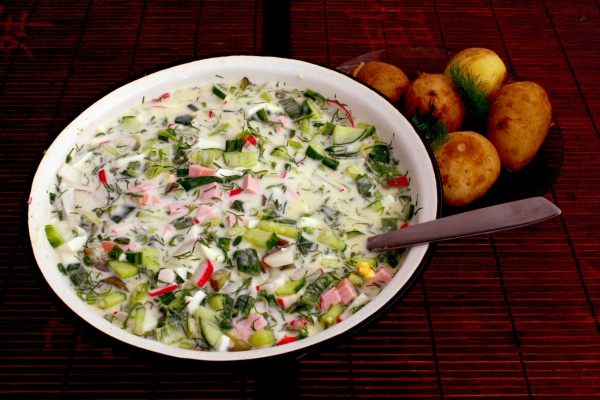Facts About Russian cuisine
Russian cuisine is a delightful amalgamation of flavors and traditions influenced by Northern and Eastern European, Caucasian, Central Asian, Siberian, and East Asian cultures. At its core, it draws from the robust, simple fare of rural Russia, featuring ingredients such as fish, pork, poultry, caviar, mushrooms, berries, and honey. Grains like rye, wheat, barley, and millet are also predominant staples.
Soups hold a significant place in Russian gastronomy, with shchi (cabbage soup), borscht (beet soup), and ukha (fish soup) being particularly cherished. Each of these soups has its unique ingredients and preparation methods, reflecting the diversity of the cuisine.
In the realm of salads, Russians favor Olivier salad (a creamy potato salad with vegetables and meat) and Vinegret (a beet and potato salad). Porridges, typically made from buckwheat, millet, or rice, are also commonly consumed.
Meat enthusiasts will appreciate dishes like Pelmeni (dumplings), Kotlety (meat patties), and Beef Stroganoff. For those who prefer fish, dishes such as Ukha and Rassolnik (a hearty soup with pickles) are highly recommended. Vegetables, particularly cabbage and potatoes, along with various pickled items, feature prominently in Russian meals.
For desserts, traditional choices include Pirozhki (stuffed buns), Blini (thin pancakes), Syrniki (cottage cheese pancakes), and Vatrushka (sweet cheese pastries). During Easter, special treats such as Kulich (a sweet bread) and Paskha (a creamy dessert) are enjoyed.
Regarding beverages, vodka is iconic; however, traditional drinks like kvass (a fermented drink), medovukha (honey mead), and mors (a berry drink) are also popular. Tea holds a place of distinction as the preferred beverage for most Russians, with coffee also gaining popularity. Historical beverages like sbiten (a hot honey drink) and mors have been enjoyed for centuries, and the wine production industry is gradually expanding in Russia.

 Norway
Norway